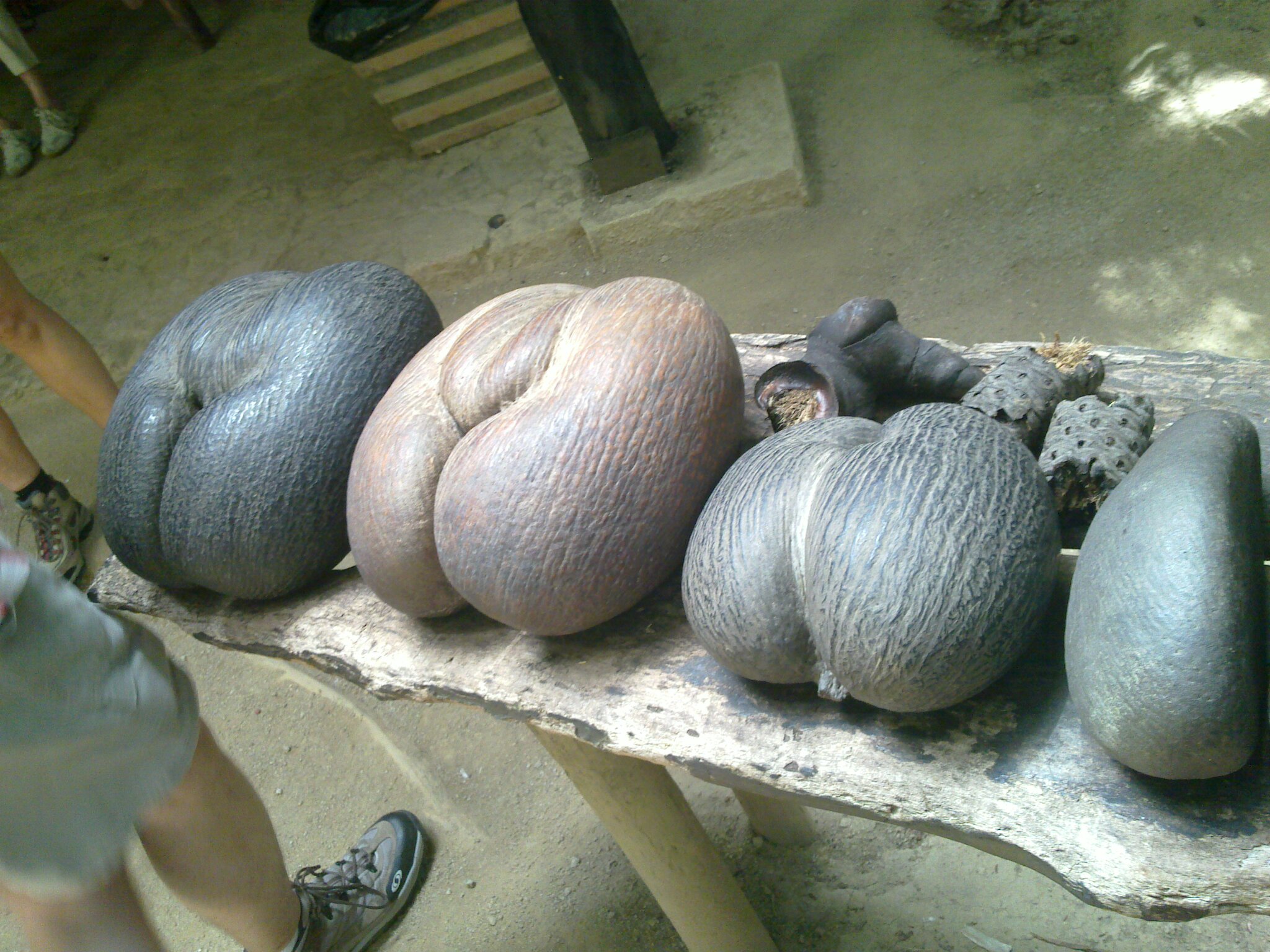What you are looking at here are some of the earliest fossil remains of flowering plants. These seeds were preserved in Cretaceous sediments dating back some 125–110 million years ago. Fossil evidence dating to the early days of the angiosperm lineage is scant, which makes these fossils all the more spectacular. Thanks to a large collaborative effort, Dr. Else Marie Friis is shining light on the evolution of seeds.
Finding these fossils is not a matter of seeing them with the naked eye. These seeds are tiny, ranging from half a millimeter up to 2 millimeters in length. They were discovered using an advanced form of X-ray microscopy. The advantage of this technique is not only that it is nondestructive but it also allows researchers to investigate the internal structures of the seeds that would otherwise be impossible to see. Their preservation is mind blowingly delicate, allowing researchers to see minute details of the embryo and even subcellular structures like nuclei.
Dr. Friis' team was able to look at over 250 fossil seeds from 75 different taxa. They were able to make 3D models of the embryos, allowing for more detailed studies than ever before. For some of the fossils, the detail was such that they were able to match them to extant lineages of flowering plants. For others, this technique is allowing for better reclassification of now extinct species.
By far the most exciting part about these fossils are what they can tell us about the ecology of early flowering plants. In all instances, the embryos within the seeds were small, immature, and dormant. This suggests that seed dormancy is a fundamental trait of flowering plants. What's more, this lends support to the hypothesis that angiosperms first evolved as opportunistic, early successional colonizers. Seed dormancy allows flowering plants to wait out the bad times until favorable environmental conditions allowed for germination and seedling establishment.
Photo Credit: Dr. Else Marie Friis
Further Reading:
http://www.nature.com/nature/journal/v528/n7583/full/nature16441.html
The Largest Seed in the World
Photo by Reed Wiedower licensed under CC BY-SA 2.0
For Lodoicea maldivica, better known as coco de mer, producing the largest seeds in the world may seem like a cool fact for the record books but it certainly has its drawbacks. However, as with anything in nature, selection would not allow for wasteful traits to be passed on. Costs must be offset by a reproductive advantage on some level. A recent study looked at what these tradeoffs might be for L. maldivica and what they found is pretty incredible.
With seeds clocking in at upwards of 30 kg (66 lbs.) one has to wonder what L. maldivica is up to. It was long thought that, like the coconut, seeds of this palm must be dispersed by water. However, they are simply too dense to float. Instead, seed dispersal for this peculiar species of palm is actually quite limited. They simply fall from the tree and germinate below the canopy.
Photo by Wendy Cutler licensed under CC BY 2.0
This may explain why L. maldivica is endemic only to the islands of Praslin and Curieuse in the Seychelles. It's not just the seeds that are huge either. The female flowers, which are borne on separate trees than the males, are the largest female flowers of any species of palm. At 10 m (32 ft.) in diameter, the leaves are also massive, fanning outwards on petioles that can reach 2 m to 4 m (6.5 - 13 ft) in length. It goes without saying that L. maldivica is a palm full of superlatives.
Counterintuitively, the habitats in which they grow are notoriously low in nutrients. Why then would this palm invest so much energy into growing these gigantic structures? Because they tend to germinate and grow beneath their parents, the offspring of L. maldivica would appear to be at a disadvantage from the start. A recent study suggests that the answer lies in those massive leaves.
Researchers found that the areas directly beneath the adult trees were wetter and had more soil nutrients compared to the surroundings. As it turns out, L. maldivica modifies its own habitat. Those massive leaves do more than just collect sun, they also act as giant funnels. In fact, most of the water that rains down onto the canopy is collected by the leaves. In this way, everything from water, debris, and even excess pollen is funneled down to the base of each tree.
Photo by Ji-Elle licensed under CC BY-SA 3.0
Not only is this good for the parent tree, it is also a boon for the dispersal-limited offspring. Coupled with the considerable endosperm in those massive seeds, all of this additional water and fertilizer means that seedling L. maldivica enter into the world at a distinct advantage over many other plants on the islands. All of that endosperm serves to help fuel seedling growth while it is still shaded by its parent.
Sadly, over-harvesting of the seeds has crippled natural reproduction for L. maldivica. This coupled with habitat destruction paints a bleak picture for this record-holding palm. It has already been lost from three other Seychelles islands. Luckily there are many conservation efforts underway that are aimed at saving L. maldivica. The Seychelles are now considered a World Heritage Site and many of the wild populations of this palm lie within national parks.



